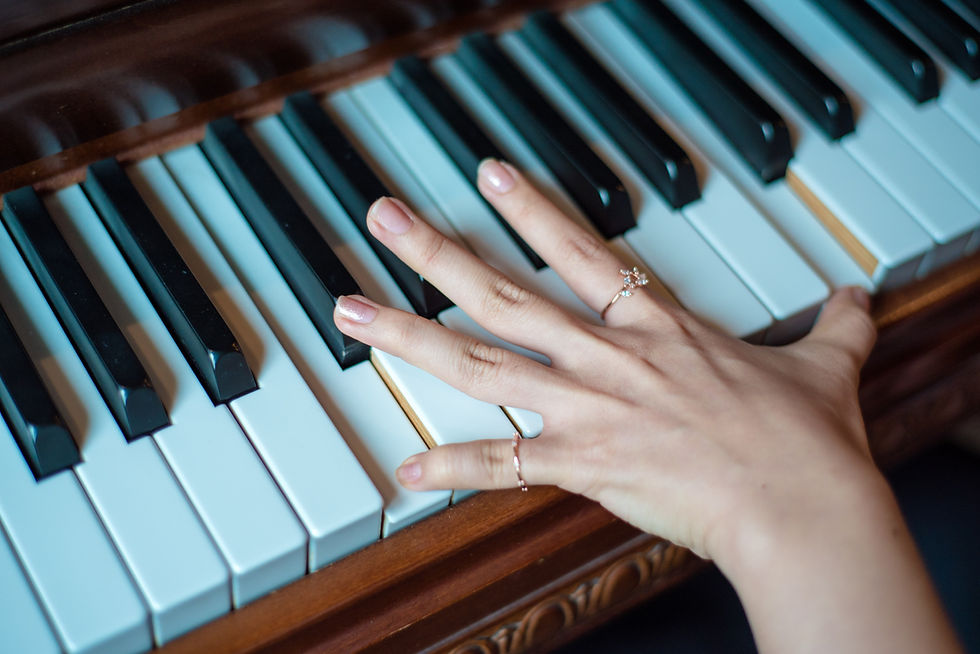Sight Reading Music
- Amy Taylor
- Jun 28, 2018
- 3 min read
Updated: Oct 4, 2021

“Sight reading music” means “to play at first sight.” It is crucial that pianists be able to play music well the first time they encounter it. Sight reading music is a skill that must be developed early on in a pianist’s journey and maintained throughout.
As a student progresses, they will have ample opportunities to sight-read. For example, suppose they are the accompanist for another musician or group of musicians. In that case, new music will be thrown in front of them all of the time, and they must be proficient enough just to read what’s in front of them, almost as if they are reading words out of a book. It should become that easy for the student.
Sight Reading Music Secret
I provide my students with sight reading music books that contain songs designed only to be played once. The student plays the song, then moves on—that simple. There is no studying, no learning, no rehearsing. Just a quick play-through and on to the next piece of music. Playing through four or five short songs each day will keep the sight-reader’s eyes sharp.
Of course, there are special technique “secrets” involved that allow a pianist to excel. I normally recommend early sight-readers begin by reading the letter names out loud. This “secret” improves note recognition and is a key element in sight reading music.
I also recommend they scan the song for dynamics and name them out loud so that they are easier to remember while playing for the first time. Fingering also is crucial. So I have the students name the fingering aloud and note any changes throughout the piece. These three “secrets” give the student the building blocks for success.
Patterns That Make It Smoother
Pattern recognition is arguably more important than knowing specific notes, however. If a student can pick up a rhythmic or melodic pattern, notice when it repeats, when it disappears, and arrives back in the song, later on, this makes the process much smoother.
One of the best ways to create pattern recognition is to develop a habit of looking ahead in the music. I always encourage my students to have their eyes a full measure ahead of where they are playing, sometimes even further, so they can process what is needed to play before they are playing it.
A student’s mind always has to be prepared for what’s coming up next, thus allowing them to execute the notes and the feeling of the music smoothly.
A solid grasp of the grand-staff is very important to sight-reading. A pianist should be comfortable reading ledger lines in both directions. They also need to have a fundamental spatial orientation of the keys so that they can play without looking down at their hands too often. This skill must be built up over time because while it may be easy to play a song where your hands are in one position, shifting and jumping all over the keyboard is significantly more complex and takes a special type of muscle memory to know where to place your hands. It’s also crucial that the student be proficient in all major and minor scales to maneuver any piece given to them quickly.
Sight reading music can also take a more sophisticated and nuanced turn for more advanced musicians. Students who have been given extensive ear training can look at a melody or even entire harmonies and hear them in their heads without needing an instrument to pluck out the tune. Because they can listen to intervals and chords in their head, they can tell if a piece is being played correctly or not, even if they’ve never heard the piece aloud before. This skill is beneficial to the musicians because they can look over a piece of music and understand how to play it before their fingers touch the keys. Ear training makes playing and performing much easier but is a skill that takes years to develop.



Comments